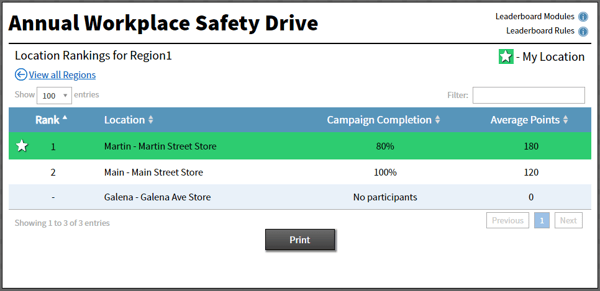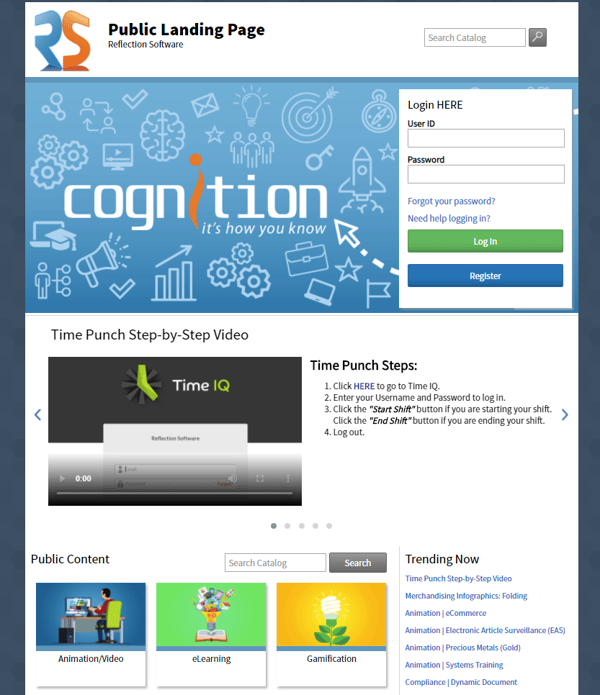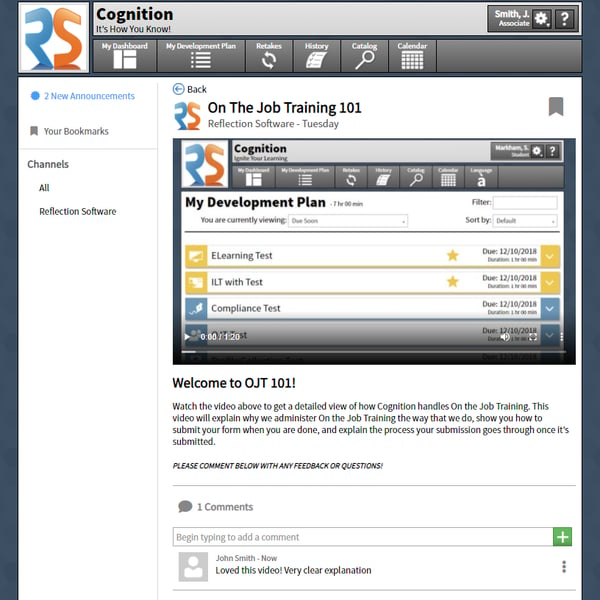Whether you’re a seasoned pro looking for ways to fully use all of your platform’s available features; or brand new to the learning space and just need some strategies for your organization’s basic training goals; we’re here to help. In this blog series, I’ll offer some tips and strategies for squeezing out every bit of value from your learning platform.
In the first part of our series, we’ll take a look at the importance of engaging your learners. No matter if you just recently purchased an LMS, have had one for a short while, or have created a training culture around your legacy LMS, getting user buy-in can be difficult.
Part I: The Ferris Bueller Problem
One of the biggest struggles in the learning world is how to make learning fun. An LMS is often seen as the place where you go to stay compliant with company, state, and federal policies – a place to just sign off on documents and then leave. Or it’s seen as the place where all training should happen. In this case, it turns into a space where so much information is thrown at a new user that it can be overwhelming at best; and at worst, deafeningly boring. No one wants their learner's zoning out after 15 minutes of a single online training or getting so overwhelmed that their training doesn't get done. It’s what I call the Ferris Bueller Problem: taking uninteresting subjects and delivering them in uninteresting ways. Like Ben Stein in Ferris Bueller’s Day Off:
When you put something as boring as Depression-era economics and have it delivered by Ben Stein, who is one of the least exciting speakers in the history of spoken language, then you get reactions like this:

So how can your LMS can teach while also engaging and communicating with your users?
Gamification
Sometimes the easiest way to drive users to finish some less-than-compelling training is to pit them against—I mean, encourage a bit of friendly competition with one another using some gamification. Leaderboards are a great way of doing this, by matching different group of users against the others to complete training on time and earn points based on how well they scored on various assessments. It brings out the competitive spirit of associates and managers alike and helps build teams as groups compete to accomplish a common goal.

Landing Pages
The best way to engage users is to make training available at a moment’s notice – a great way to do this is through a landing page. Users can access training without having to sign in to the LMS. Maybe it’s just a quick video that goes step by step through a new (or already existing) standard operating procedure, or Quick Reference Guide that reinforces a training taken by all users. When you can offer information to users without logging in, its one fewer hurdle for users to clear in order to get the information they want. To fix your Ferris Bueller problem here, the landing page should be eye-catching and categorize content in a clear way that both explains the categories and draws your user’s eye to them:

True Two-Way Communication
The thing I’ve always found particularly funny about Ben Stein’s lecture in that Ferris Bueller clip is the way that he asks the students for answers and then never waits for any of them to actually answer before moving on (granted, I think most of them are in comas – but still!). That’s not how you want to operate your training organization; communication should be a two-way street.
Ways for users to communicate with administrators who may be creating content. Videos that need to pushed out quickly or announcements that are made via video can be great forums for users to add comments about the contents of the video, ask questions to the SMEs that are going to be able to answer them accurately, and perhaps even discuss the training or announcement amongst themselves in a group setting instead of being lectured at on a 30 minute Zoom call recording.

Ultimately it doesn’t matter which strategy you use – one of the features I’ve specified here if available with your LMS or an entirely different feature in your own LMS – but eliminating the Ferris Bueller problem is crucial to learning and development success. What does matter is that with every training campaign or new initiative, you’re thinking about how to make that experience the easiest, most engaging and interactive experience possible. Very few users want to take training, so doing what you can to achieve those goals are central to keeping learning from becoming stale.
Otherwise, if your users aren’t even paying attention, how much is that training really worth?
Stay tuned for the second part of this series, where I’ll discuss simple ways to make your LMS your own!
Interested in learning more about the Cognition Learning & Development platform? We've combined an LMS with performance management, talent management, and succession planning into one complete employee development platform. Give us a call and we'll work with you to get the most out of Cognition!



